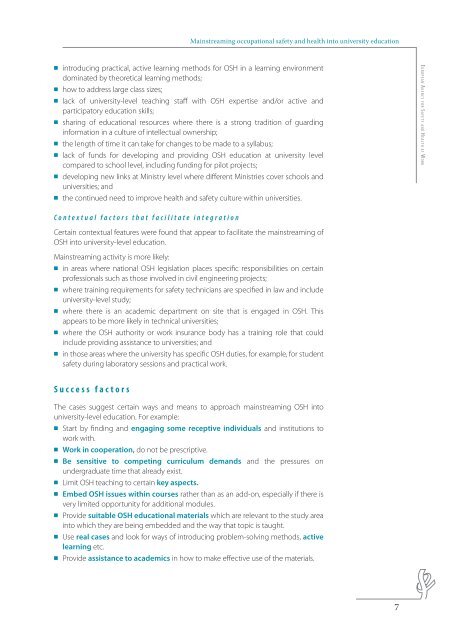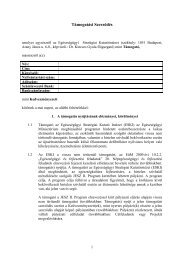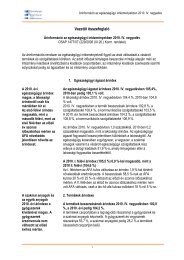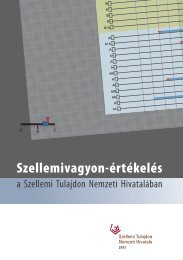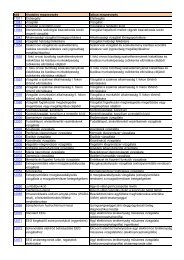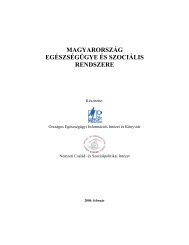Mainstreaming occupational safety and health into university ...
Mainstreaming occupational safety and health into university ...
Mainstreaming occupational safety and health into university ...
You also want an ePaper? Increase the reach of your titles
YUMPU automatically turns print PDFs into web optimized ePapers that Google loves.
<strong>Mainstreaming</strong> <strong>occupational</strong> <strong>safety</strong> <strong>and</strong> <strong>health</strong> <strong>into</strong> <strong>university</strong> educationOOOOOOOOOOOOOOOOintroducing practical, active learning methods for OSH in a learning environmentdominated by theoretical learning methods;how to address large class sizes;lack of <strong>university</strong>-level teaching staff with OSH expertise <strong>and</strong>/or active <strong>and</strong>participatory education skills;sharing of educational resources where there is a strong tradition of guardinginformation in a culture of intellectual ownership;the length of time it can take for changes to be made to a syllabus;lack of funds for developing <strong>and</strong> providing OSH education at <strong>university</strong> levelcompared to school level, including funding for pilot projects;developing new links at Ministry level where different Ministries cover schools <strong>and</strong>universities; <strong>and</strong>the continued need to improve <strong>health</strong> <strong>and</strong> <strong>safety</strong> culture within universities.E u r o p e a n Ag e n c y f o r Sa f e t y a n d He a l t h a t Wo r kContextual factors that facilitate integrationCertain contextual features were found that appear to facilitate the mainstreaming ofOSH <strong>into</strong> <strong>university</strong>-level education.<strong>Mainstreaming</strong> activity is more likely:OO in areas where national OSH legislation places specific responsibilities on certainprofessionals such as those involved in civil engineering projects;OO where training requirements for <strong>safety</strong> technicians are specified in law <strong>and</strong> include<strong>university</strong>-level study;OO where there is an academic department on site that is engaged in OSH. Thisappears to be more likely in technical universities;OO where the OSH authority or work insurance body has a training role that couldinclude providing assistance to universities; <strong>and</strong>OO in those areas where the <strong>university</strong> has specific OSH duties, for example, for student<strong>safety</strong> during laboratory sessions <strong>and</strong> practical work.Success factorsThe cases suggest certain ways <strong>and</strong> means to approach mainstreaming OSH <strong>into</strong><strong>university</strong>-level education. For example:OOStart by finding <strong>and</strong> engaging some receptive individuals <strong>and</strong> institutions towork with.O O Work in cooperation, do not be prescriptive.O O Be sensitive to competing curriculum dem<strong>and</strong>s <strong>and</strong> the pressures onundergraduate time that already exist.OOLimit OSH teaching to certain key aspects.O O Embed OSH issues within courses rather than as an add-on, especially if there isvery limited opportunity for additional modules.OOProvide suitable OSH educational materials which are relevant to the study area<strong>into</strong> which they are being embedded <strong>and</strong> the way that topic is taught.OOUse real cases <strong>and</strong> look for ways of introducing problem-solving methods, activelearning etc.OOProvide assistance to academics in how to make effective use of the materials.7


